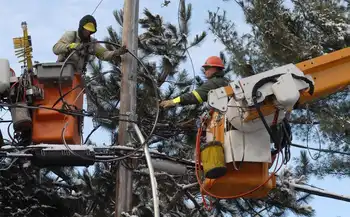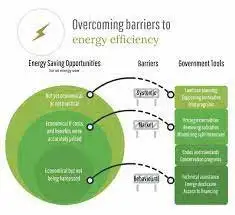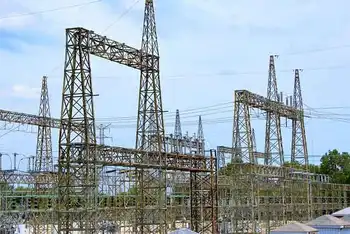Japan May Expand Deregulation
TOKYO -- - An advisory panel to the industry minister called for deregulating retail power rates for small- and mid-scale commercial electricity users in fiscal 2004, ministry officials said.=
The proposed deregulation by a subcommittee of the Advisory Committee for Natural Resources and Energy will affect 60 per cent of total demand for electricity.
Currently, power rates for large-lot commercial users of 2,000 kilowatts or more are decontrolled. Demand from these users, such as big manufacturing plants and office buildings, accounts for nearly 30% of total power demand.
The subcommittee urged allowing electric power companies to set retail prices themselves for users of more than 50 kilowatts but less than 2,000 kilowatts.
The Ministry of Economy, Trade and Industry plans to adopt a schedule for deregulating power rates for such users later this month and submit legislation for necessary legal revisions to the ordinary Diet session to be convened in January.
To promote competition, the ministry will seek to create a nationwide wholesale market and a neutral body that will work out trading rules, monitor whether the rules are followed, and settle disputes.
Regarding deregulation for households and other power users of less than 50 kilowatts, the ministry is as yet unlikely to make a clear schedule.
Related News

Hydro-Québec will refund a total of $535 million to customers who were account holders in 2018 or 2019
MONTREAL - Hydro-Québec Bill 34 Refund issues $535M customer credits tied to electricity rates, consumption-based rebates, and variance accounts, averaging $60 per account and 2.49% of 2018-2019 usage, via bill credits or mailed cheques.
Key Points
A $535M credit refunding 2.49% of 2018-2019 usage to Hydro-Québec customers via bill credits or cheques.
✅ Applies to 2018-2019 consumption; average refund about $60.
✅ Current customers get bill credits; former customers receive cheques.
✅ Refund equals 2.49% of usage from variance accounts under prior rates.
Following the adoption of Bill 34 in December 2019, a total amount of $535 million…




